MOCKHORN ISLAND WILDLIFE MANAGEMENT AREA/GATR TRACT
In Brief: A site now visited rarely by birders but potentially productive, consisting of two parcels of land: the accessible GATR Tract (356 acres) on land and remote Mockhorn Island, about 7000 acres of tidal marshlands, accessible only by boat (and with local knowledge of tides and channels). Occasional visits by birders indicate Wild Turkeys, owls, and migrant passerines in the GATR Tract.
Access: The best access to Mockhorn Island is from the Oyster boat ramp, located east of Cheriton at the end of Route 639. To reach the GATR Tract, take Jones Cove Road east from Seaside Road. Open Sundays to visitors with permits. No bathroom facilities. Permits for individuals may be purchased for the day ($4) or the year ($23) at www.dgif.virginia.gov/access-permit.
Additional Info: Virginia DGIF Birding Trail Site
EVERYTHING YOU NEED TO KNOW ABOUT BIRDING MOCKHORN ISLAND WILDLIFE MANAGMENT AREA/GATR TRACT
Bald Eagle. Photo by, Robert W. Schamerhorn
A regular birding location in the twentieth century (when a wild population of Green Pheasant was present), the GATR Tract is primarily a hunting location during all hunting seasons. Two tracks, one to the east and another to the south, lead from the small parking area into woodland habitat. The track to the east bends northward and ends at the ruins of a government radio array in marshy habitat (look for Black-crowned Night-Herons roosting); the southern track stays in woodland.
Most of the tract is comprised of mature Loblolly Pine, which has very low species diversity year-round. However, at the edges, where sunlight reaches, there are scrubby areas of Eastern Redcedar, Common Greenbrier, Japanese Honeysuckle, Wax Myrtle, Poison Ivy, and other plants attractive to a greater variety of passerines, especially sparrows. These edge habitats are the best place to focus birding activity. In portions of the tract where a few hardwood tree species are present, Ovenbird and Eastern Wood-Pewee nest. Owling outings over the decades have produced mostly the two nesting species, Great Horned Owl and Eastern Screech-Owl, but there are dozens of records of Northern Saw-whet Owl here (mid-October to early December) and a few of Long-eared Owl and Barn Owl. One of the few records of Audubon’s Warbler for the Eastern Shore comes from the GATR Tract, and there are several records of Common Redpoll during invasion years. If searching for roosting owls during the day time, look for white excrement (“white wash”) and ejected pellets. Owls need their rest during the day and should not be approached closely. Flushing the smaller owls makes them vulnerable to depredation by Great Horned Owls and Cooper’s Hawks.
Eastern Meadowlark, Photo: Robert W. Schamerhorn
Prairie Warbler, Photo: Robert W. Schamerhorn
The large acreage of low marsh known as Mockhorn Island is comprised mostly of Saltmarsh Cordgrass, which is mostly submerged during highest tides. Clapper Rails are common here. On higher portions, shorebirds, terns, and gulls can occasionally be seen roosting, and winter trips to this area can turn up a remarkable variety and number of shorebirds, including rarities such as American Avocet (no recent records) and Long-billed Curlew. Birders hoping to see this part of the world should hire a guide with boat (see Boat Tours section).



